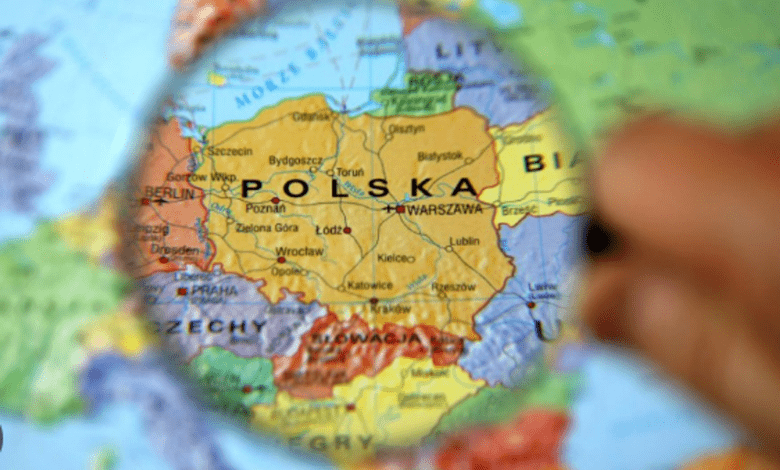Poland has suspended the granting of asylum to foreigners: what are the consequences for Ukrainians

On Wednesday, March 26, 2025, Poland officially announced the temporary suspension of new asylum applications for foreigners. It is reported Office of the President of Poland. This decision, adopted by President Andrzej Duda and confirmed by Prime Minister Donald Tusk, became one of the toughest steps in Poland’s migration policy in recent years. Formally, it is presented as a reaction to the growth of illegal migration from Belarus. But in essence it has a wider context — political, security and international.
The decision to stop accepting asylum applications was signed by the president under the amendments to the law “On providing protection to foreigners on the territory of Poland”, adopted on February 21, 2025. On the same day, the head of state addressed Prime Minister Donald Tusk with a public letter, in which he called on the government to take urgent measures not only to strengthen the protection of the eastern border of Poland, but also to control the western one — primarily in connection with the return of migrants from Germany.
Prime Minister Tusk, in turn, in a message to X social networks stated that the relevant government order will be signed on Wednesday evening.
“As I promised: there will be no delay,” he wrote, emphasizing determination in the fight against illegal migration.
Why did Poland take such a step
Against the background of long-term migration pressure from Belarus, the Polish authorities see the new law primarily as a tool for protecting national security. Warsaw has repeatedly accused the Lukashenka regime, as well as the Kremlin, of deliberately using migrants as a “hybrid weapon” — a tool to destabilize the situation on the EU’s external border.
In recent weeks, Polish border guards have recorded dozens of attempts to cross the border illegally every day. We are talking about organized groups of migrants who pass through the territory of Belarus, often with the assistance of local special services or military structures. In some cases, migrants attack Polish patrols, use sticks, stones, and improvised means of protection. According to Warsaw, these are not spontaneous processes, but part of a scenario of pressure on Poland and Europe in general.
Back in 2022, Poland built a large-scale barrier along the border with Belarus – a steel wall 5.5 meters high and 186 kilometers long, and also deployed an electronic monitoring system. However, in 2024-2025, given the change in migrant pressure tactics, a decision was made to modernize this system. As of March, the latest video surveillance, sensor control, and technical barrier are being installed on the eastern border.
The new restrictions have an international extension
The statement of the president’s office also refers to the western border – with Germany. President Duda called on the Tusk government to oppose the practice of transferring illegal migrants to Poland by the German side. Thus, the conflict, which was previously considered an exclusively Eastern problem, is beginning to gain a European dimension.
In practice, the new law means that foreigners will no longer be able to submit new applications for international protection in Poland – at least until the temporary ban is lifted. This applies not only to potential asylum seekers from Africa, the Middle East or South Asia, but also to citizens of other countries who previously had a chance to legalize their stay through appropriate mechanisms.
What are the consequences for Ukrainians
Ukrainians who received temporary protection in Poland under a separate EU mechanism are currently not subject to the new ban. Their status is governed by a separate European law, and Poland has repeatedly emphasized its commitment to supporting Ukrainian refugees. However, the further strengthening of Warsaw’s border policy may affect the conditions of stay, document processing or the duration of legalization for certain categories of Ukrainians, in particular those who arrive again or have lost their previous status.
In general, the policy of stricter control over migration in Poland is becoming part of a new trend: the state wants to simultaneously maintain security, avoid burdening the social system, and satisfy society’s demand for order and control at the borders.
Poland temporarily closes the system for receiving asylum applications. This is a tough move caused by migration pressure from Belarus and fears of an uncontrolled influx of people. The government manages to demonstrate determination and speed of reaction. But for many would-be protection seekers, this means closing the door entirely. And although Ukrainians have not yet suffered from the new direction, it is worth carefully following the development of events — a new reality in Poland’s migration policy is already emerging.





